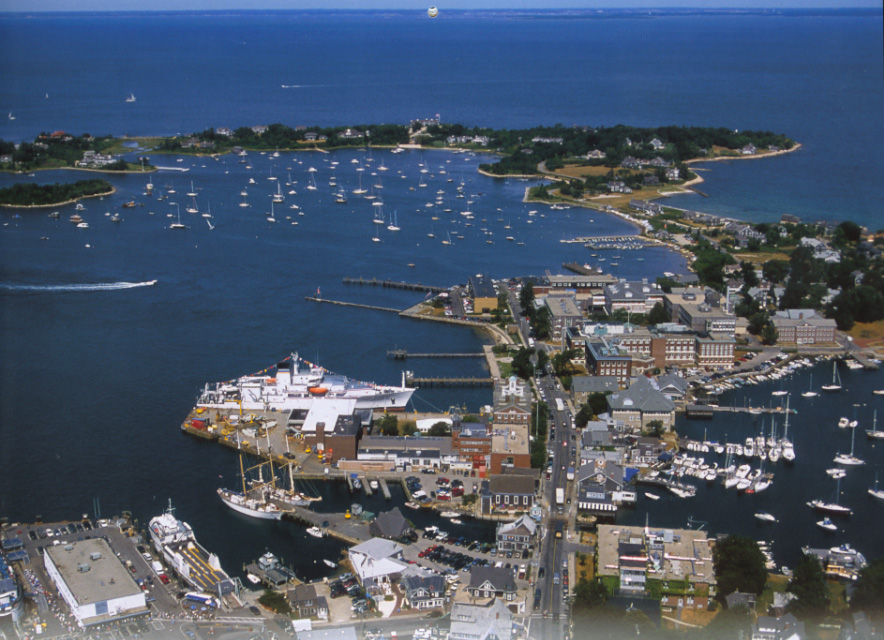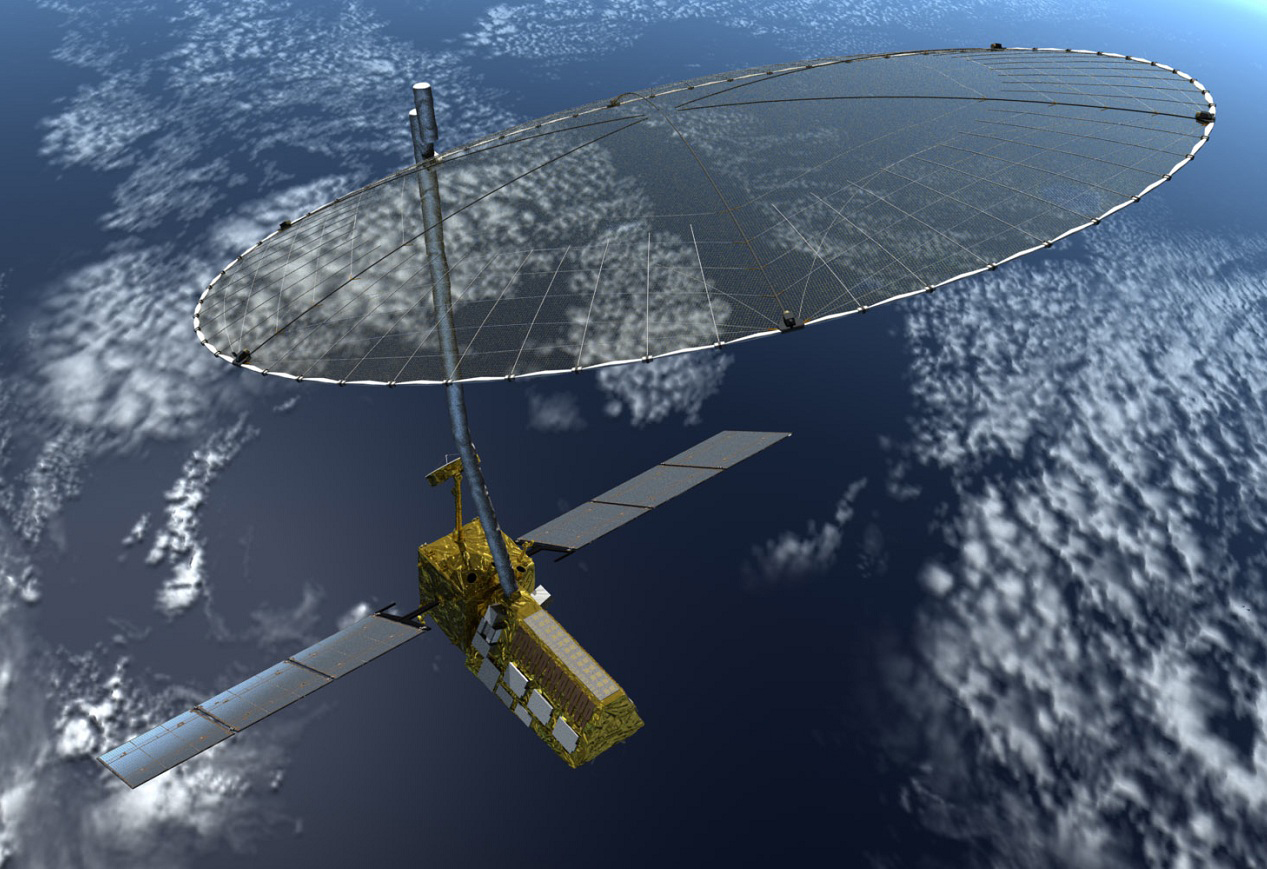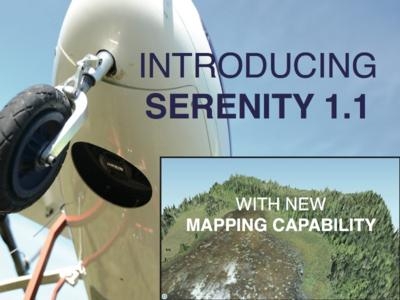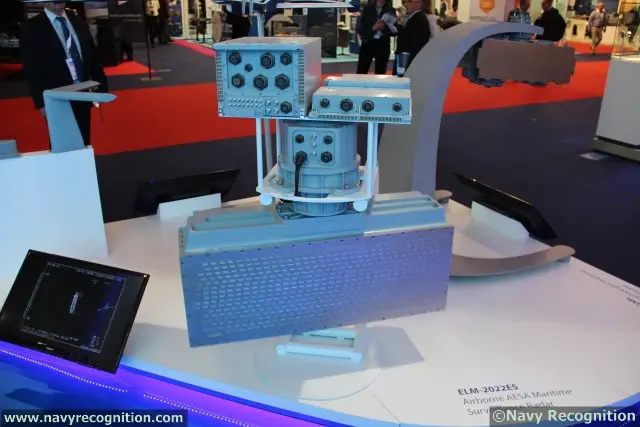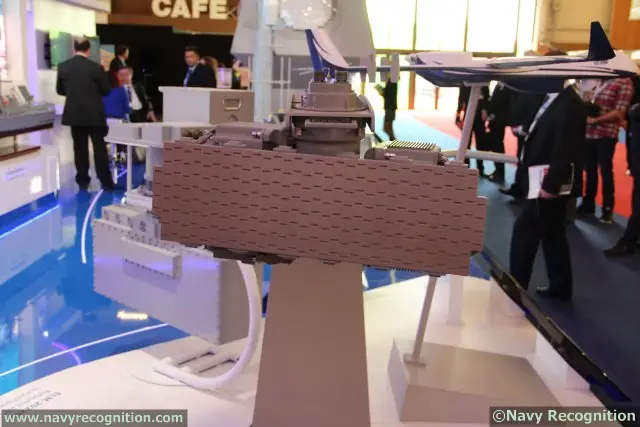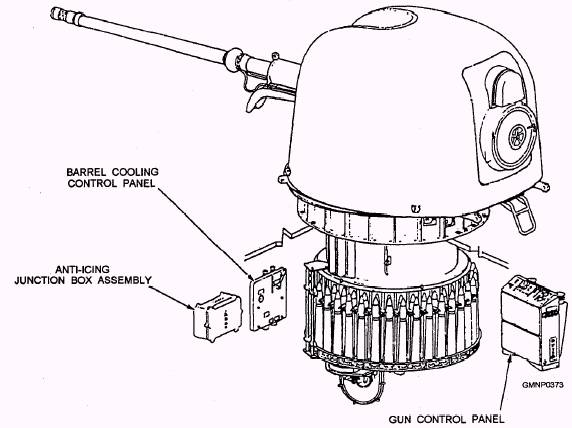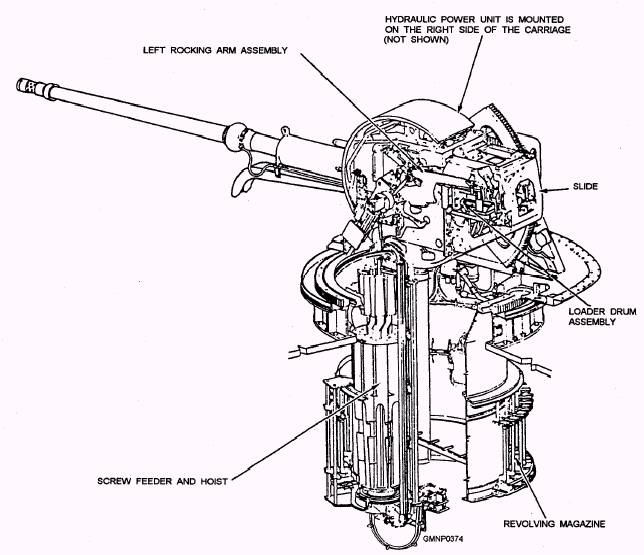NAVY
Woods Hole Oceanographic Institution, Woods Hole, Massachusetts, was awarded a $35,545,211 indefinite-delivery/indefinite-quantity,
cost-plus-fixed-fee and cost-only contract for engineering and technical
services to support the Navy in developing, assessing, upgrading and
modernizing the
- Persistent Littoral Undersea Surveillance program,
- the Digital Acoustic Communications development program,
- the Remote Environmental Measuring Units (REMUS) Autonomous Undersea Vehicle program,

REMUS AUV for mine detection - the Explosive Ordnance Disposal “Fast Track” program,
- development and operational support for the REMUS Automated Submarine Launch and Recovery Capability program, and
- the development of new advanced ocean technologies related to these programs.
These systems are essential to
- evaluate the evolving advanced ocean technologies,
- improve operational capability,
- support rapid prototype development, and
- provide technology improvement recommendations including:
- battery and energy systems,
- propulsion systems,
- navigation systems,
- control systems,
- sensor systems,
- acoustic communication systems,
- data acquisition systems, and
- the development of new functionality to shipboard systems.
- Woods Hole, Massachusetts (55 percent);
- Newport, Rhode Island (15 percent);
- Andros Island, Bahamas (10 percent);
- Groton, Connecticut (5 percent);
- Kings Bay, Georgia (4 percent);
- Bangor, Washington (2 percent);
- San Diego, California (2 percent);
- Pearl Harbor, Hawaii (2 percent);
- Norfolk, Virginia (2 percent);
- Niantic, Connecticut (1 percent);
- Dresden, New York (1 percent); and
- Keyport, Washington (1 percent);
not expire at the end of the current fiscal year. This contract was not competitively procured in accordance with 10 U.S.C. 2304(c)(1) - only one or limited number of sources and no other suppliers will satisfy the requirements. The Naval Undersea Warfare Center Division, Newport, Newport, Rhode Island, is the contracting activity (N66604-14-D-0344). (Awarded Aug. 27, 2014.)
remus600web.pdf
